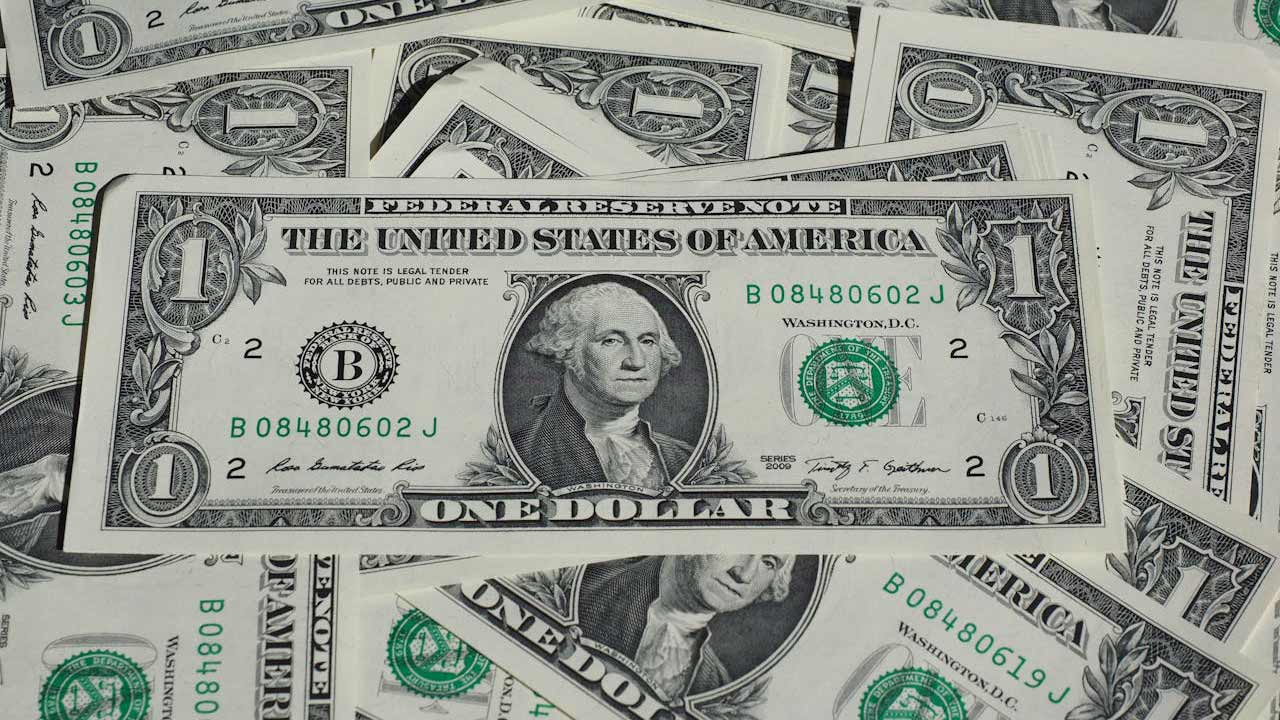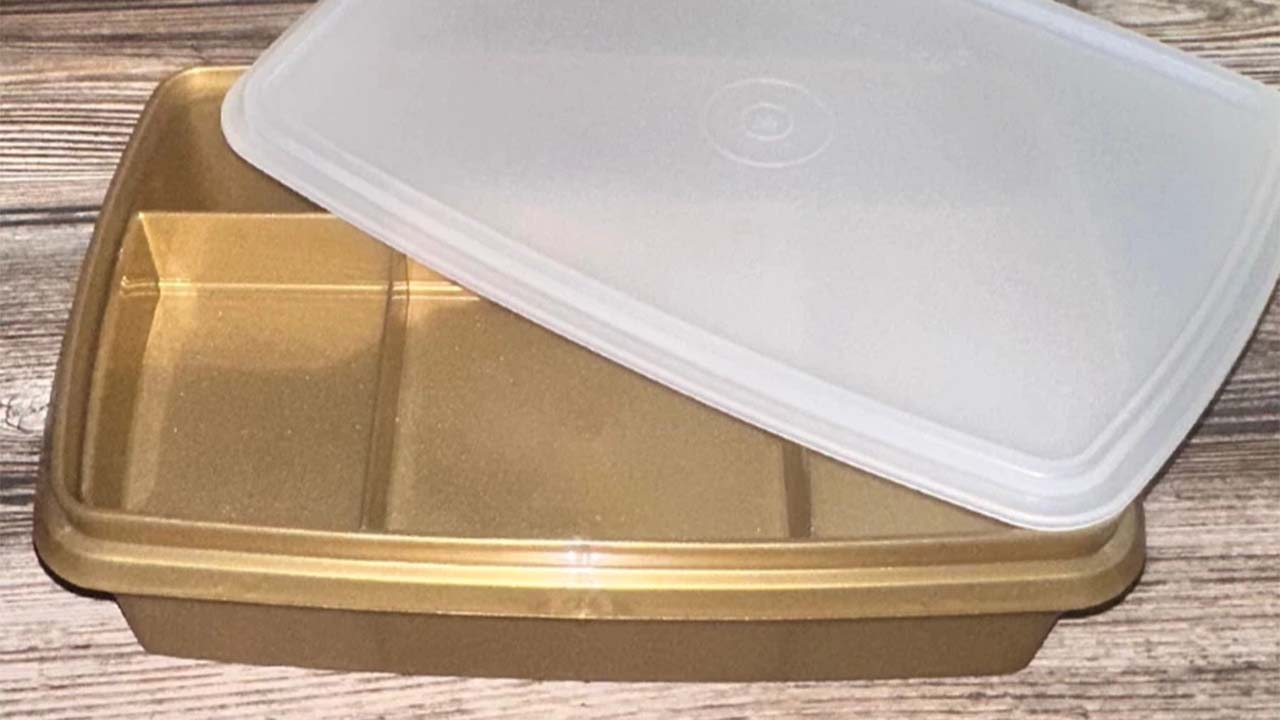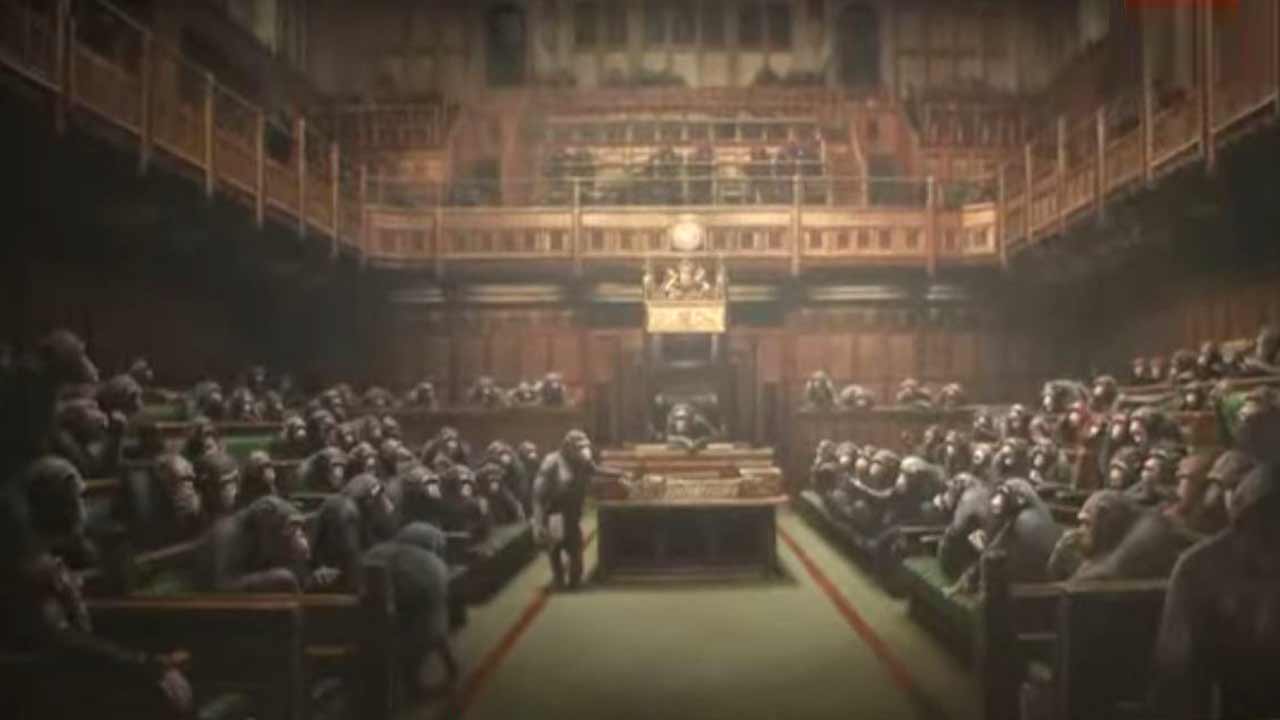Most people don’t think twice about a $1 bill. It gets crumpled, tossed in a tip jar, or shoved in a coat pocket and forgotten. But some of those plain-looking dollars are quietly worth a fortune to the right collector—and they’re hiding in plain sight.
If you’ve got a stack of old singles or find one that looks “off,” it might be worth taking a second look. Because a rare $1 bill doesn’t just look cool—it can sell for thousands of dollars.
Check the Serial Number First
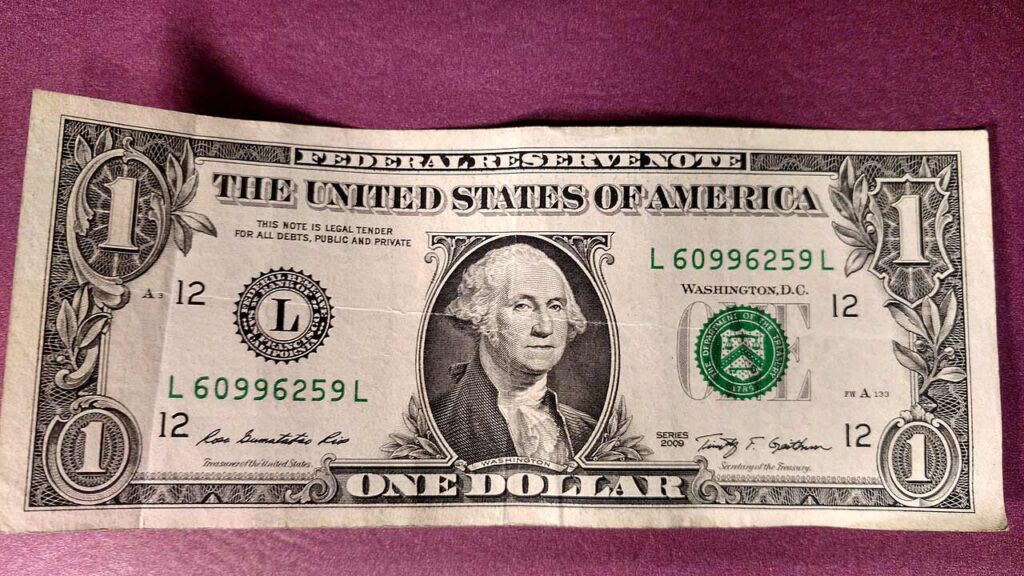
Serial numbers are where the real money hides. If your $1 bill has a **fancy or rare pattern**, it could be highly collectible. Here’s what to look for:
- Repeater: 12341234 or 67676767
- Ladder: 12345678 or 87654321
- Radar: Same forward and backward, like 12211221
- Low numbers: Like 00000001 or anything under 00000100
- Binary: Only two digits used, like 00110011
Even a seemingly minor serial number quirk can boost the value of the bill by hundreds—or more. Some collectors will pay thousands for the right pattern, especially if it’s in crisp, uncirculated condition.
Look for Star Notes
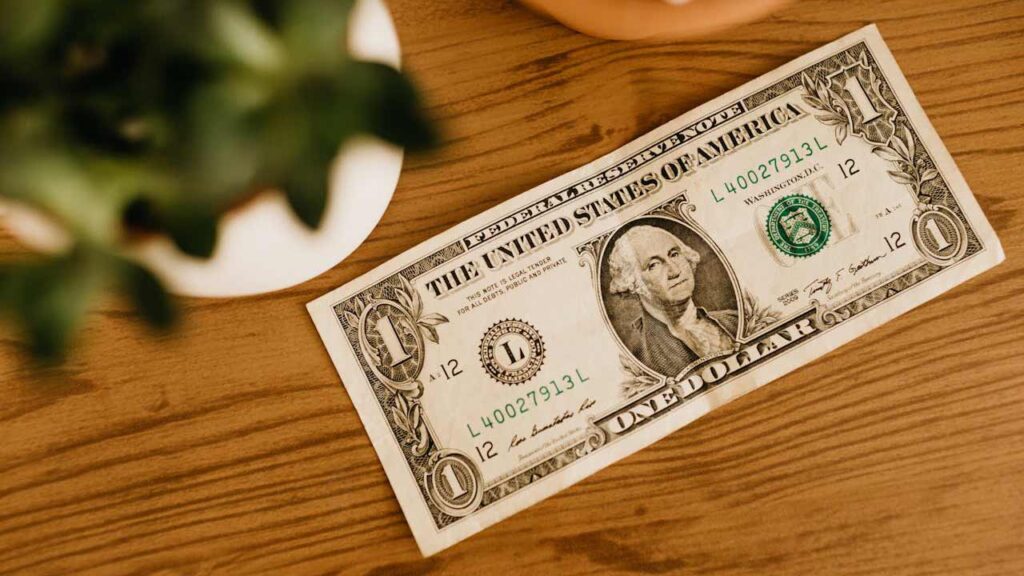
A “star note” is printed to replace a misprinted or damaged bill during production. You’ll spot it by the **★ symbol at the end of the serial number**. These notes are much rarer than standard bills—especially in certain series years or print runs.
The rarer the run, the more it’s worth. Combine a star note with a unique serial number, and you’ve got a bill that serious collectors will fight over.
Inspect the Series Year
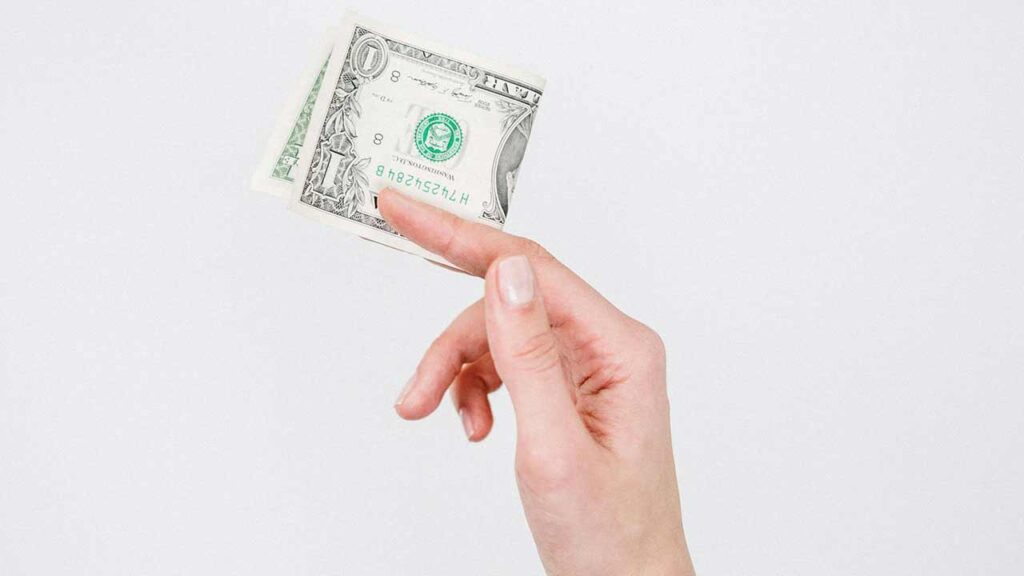
The series year is printed next to the signature on the face of the bill. Older bills aren’t always more valuable—but some specific years are, especially if the print runs were low or if there were design changes that year.
For example, 1963 and 1988 series notes can be valuable under the right conditions, especially when combined with rare serial numbers or star designations. A bill from the right year in uncirculated condition can easily sell for hundreds or more.
Unusual Printing Errors Add Serious Value
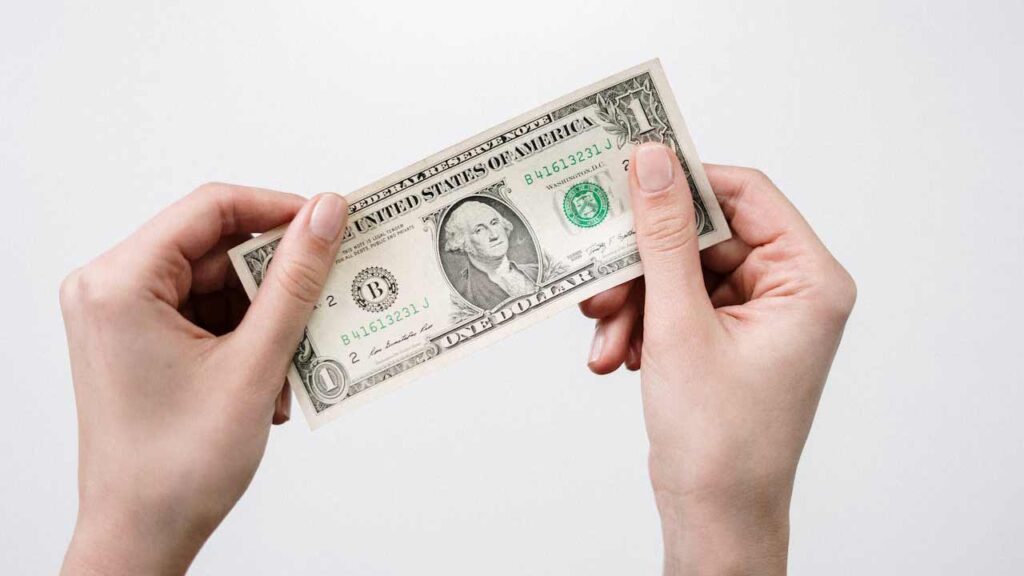
If something looks weird about your bill—misaligned text, upside-down seals, ink smears, or missing elements—it could be a printing error. And that’s good news. Error bills are some of the most valuable in the collecting world.
One $1 bill with a double print sold for over $7,000. Others with misaligned seals or ink issues have gone for $1,000+ depending on rarity and condition. If you’ve got something that looks off, don’t spend it—get it appraised.
Condition Matters—A Lot
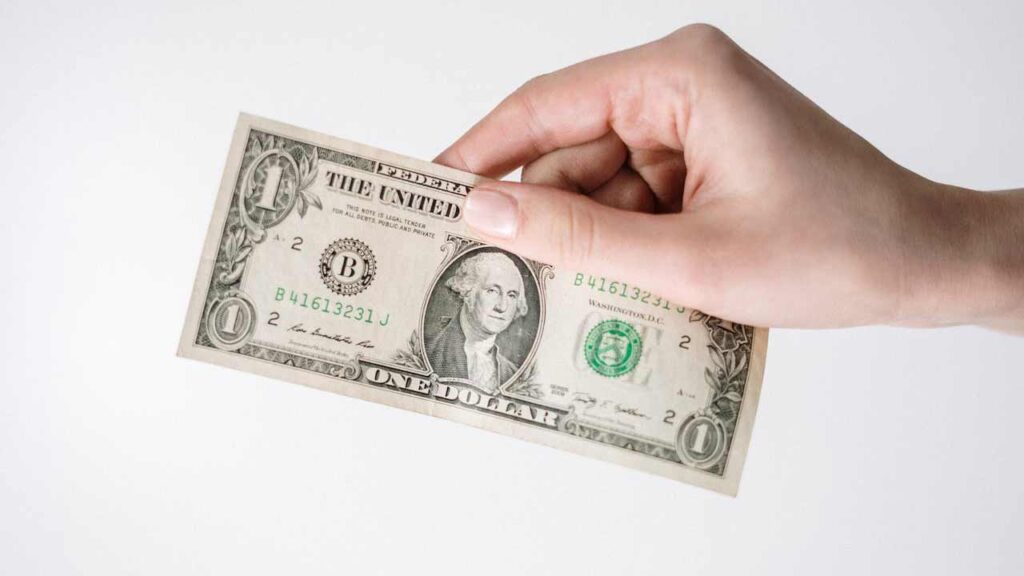
Even a rare bill won’t pull in top dollar if it’s torn, faded, or stained. Collectors look for bills that are crisp, with sharp corners and no folds. That’s why bills found in old books, safes, or untouched stashes tend to bring in the highest offers.
If your bill checks any of the boxes above and is in excellent shape, it’s worth having it professionally graded—or at least listed for auction. You might be sitting on a small fortune.
Don’t Ignore What’s in Your Wallet
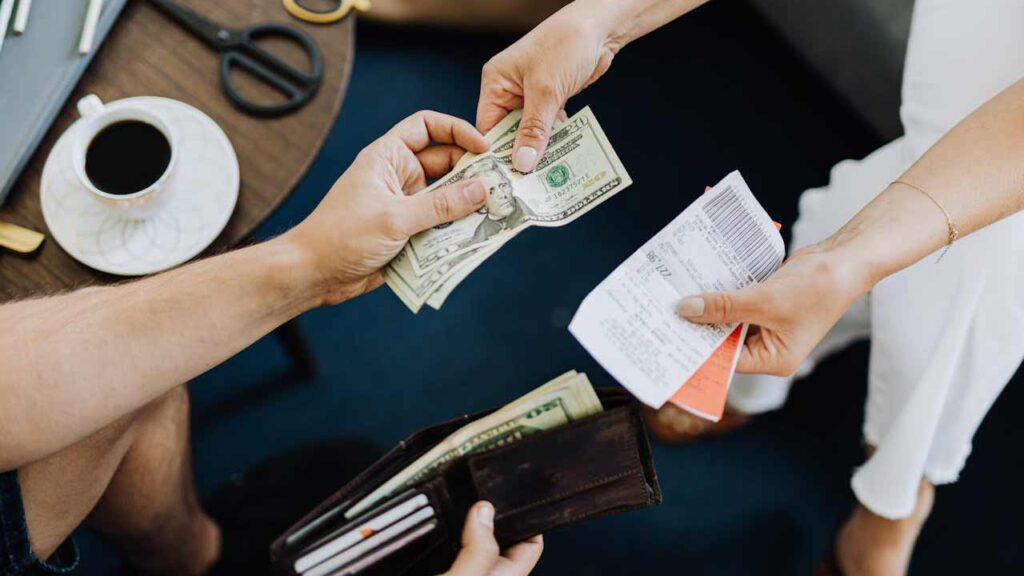
That $1 bill might be more than pocket change. Whether it’s a star note, a rare serial number, or a misprint, collectors are paying thousands for the right ones. All it takes is a quick glance—and a little knowledge—to turn something ordinary into something valuable.
Next time you get change, check the details. You never know what you might be holding.

Alexander Clark is a financial writer with a knack for breaking down complex market trends and economic shifts. As a contributor to The Daily Overview, he offers readers clear, insightful analysis on everything from market movements to personal finance strategies. With a keen eye for detail and a passion for keeping up with the fast-paced world of finance, Alexander strives to make financial news accessible and engaging for everyone.
